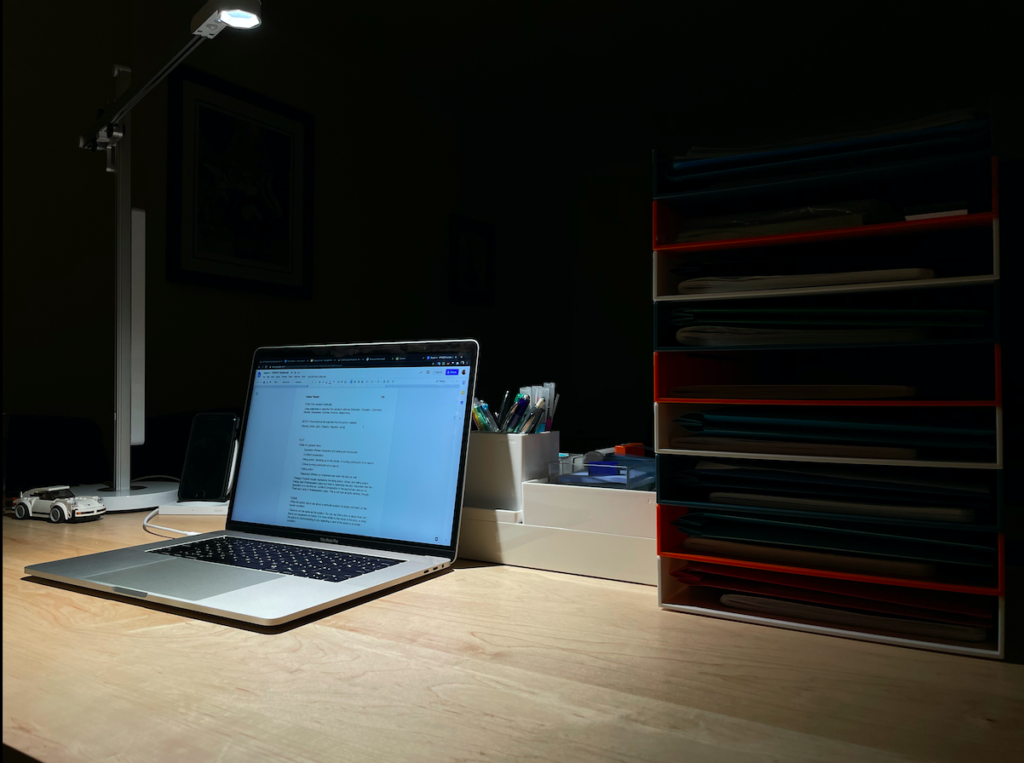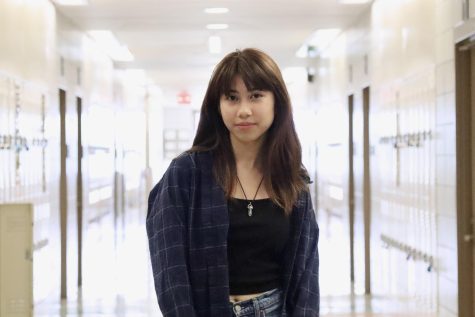
The clock strikes three. Another world away, kids are grabbing their book bags, rushing out of classrooms and shoving their way through the crowded hallways to get to their lockers. Some students, however, are sitting alone in their rooms with a cup of ginger tea on their desks and a Khan Academy page titled “What is Centripetal Force?” on their laptops. Students type furiously, trying to finish their APUSH classwork by five so they can get started on trying to find out what the day’s homework assignments are.
By contracting COVID-19 and being forced into social isolation for ten days, quarantined Harrisites had to figure out how to keep up with their schoolwork from home. This has proven challenging for some and straightforward for others.
Due to students’ exhausting schedules and rigorous workloads, even missing one day can make them fall behind. With the rise of COVID-19 cases as a result of the more contagious Omicron variant, many students have contracted the virus following the return from winter break. As a result, attendance rates dropped significantly since many students had to quarantine.
In spite of the difficult circumstances, many students kept up with their assignments. Junior Anusha Ramjanam said, “I felt pretty up to date with my work, mostly because I didn’t want to fall behind, so I did extra work.” Students felt that teachers using virtual means of communication, such as Google Classroom, proved beneficial. “I did whatever classwork [was] posted on [Google] Classroom during my break, so when I came back I didn’t have a huge mountain of work,” said sophomore Claura Feng.
Some students even felt that they had more time to focus on other academic responsibilities. Senior Angelina Kretz said, “I was able to focus on my college applications more during the days I was absent.”
Other students had a more difficult time learning from home due to the side effects of COVID-19. “I suffered from a lot of symptoms that caused me to be extremely fatigued and unable to do work from class,” said junior Erica Jin. “I remember staying up until 3-4 in the morning in order to complete my assignments that were due at 8 AM the next morning because I was too sick throughout the day to be able to complete [them].”
Another struggle for quarantined students was sticking to the same schedule as their in-person peers. Sophomore Sadie Bauer said, “For some classes, I…had to do [homework] late at night or the day after the class received it as I had to wait to be sent the homework, and depending on the class, the notes.”
Students also had to make up several assessments upon their return to the building. Doing well on these tests could be strenuous due to the time spent away from school. “Learning eight days worth of school material to study for makeup tests that I only had an extra one or two days to study for was also difficult,” said sophomore Max Golosovker. Additionally, sophomore King Tzen Liew said, “When I got back I had to do two presentations immediately.”
Isolation also impacted the mental health of students. Some students found their time in quarantine to be a relaxing experience away from the stress of attending school in-person. Junior Nowyshin Mridula said, “My mental health was actually better as I was able to rest up and take care of myself without the stress that comes [with] being a junior.” Similarly, freshman Lelaina Madrazo said, “It felt a little more peaceful because I didn’t have as much rush on homework and waking up really early.”
Meanwhile, other students felt an increased level of stress during their quarantine that led to a detrimental impact on their mental health. “It’s the anxiety of falling behind and knowing you will have a lot of things to make up,” said freshman Angela Yang.
Despite the tough transition from in-person to remote learning once again, teachers are trying their best to accommodate their students. “I know a lot of my quarantined students are completely asymptomatic and they’re just all stressed about school,” said math teacher Abid Choudhury. “I would say, do your best to attend office hours, be proactive about it, but most importantly don’t over stress. Ten days isn’t going to make you fall desperately behind, you’ll be able to catch up, and you’ll be right up to speed.”
Recently the number of cases at school have declined. Upwards of 95% of the student body was present for school this week, a return to a more common attendance rate after the early weeks of January saw closer to 80% of students present in the building for multiple days.
Photo by Adam Sayah































